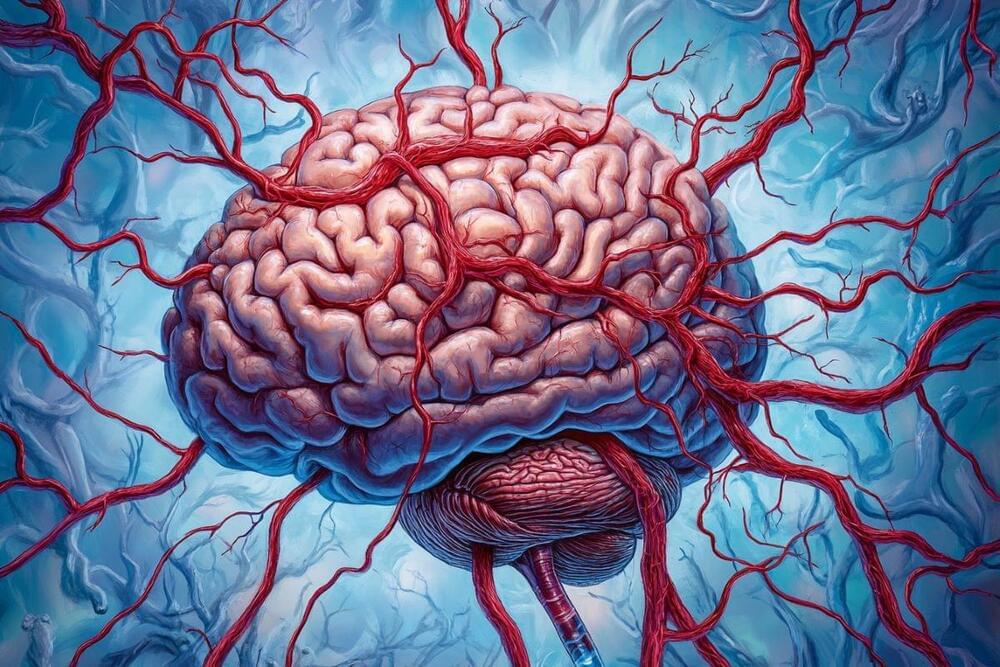New NVIDIA AI Blueprints for building agentic AI applications are poised to help enterprises everywhere automate work.
With the blueprints, developers can now build and deploy custom AI agents. These AI agents act like “knowledge robots” that can reason, plan and take action to quickly analyze large quantities of data, summarize and distill real-time insights from video, PDF and other images.









